Table Of Content
- Understanding the Importance of Choosing a Safe and Sustainable Campsite
- Considerations for Selecting a Campsite Location
- Examining Safety Aspects When Choosing a Campsite
- Environmental Factors to Keep in Mind for a Sustainable Campsite
- Considerations for Selecting a Campsite Location
- Topography and Terrain
- Proximity to Water Sources
- Distance from Trails and Roads
- Examining Safety Aspects When Choosing a Campsite
- Understanding Your Campsite’s Surroundings
- Proximity to Water Sources
- Accessibility and Emergency Exit Routes
- Signs of Wildlife Presence
- Environmental Factors to Keep in Mind for a Sustainable Campsite
- Choosing a Safe and Sustainable Campsite
- Importance of Location
- Leave No Trace Principles
- Consider Wildlife
- Fire Safety
- Tips for Assessing the Safety of a Potential Campsite
- Evaluate the Terrain
- Check for Natural Risks
- Look for Level Ground
- Consider Proximity to Resources
- Practices for Minimizing Your Impact on a Campsite
- Leave No Trace
- Use Established Campsites
- Camp on Durable Surfaces
- Proper Waste Disposal
- Respect Wildlife
- Minimize Campfire Impact
- Signs of a Campsite That Aligns with Safety and Sustainability
- Location Insights
- Environmental Impact
- Choosing the Right Campsite for Your Outdoor Adventure
- Understanding the Importance of Choosing a Safe and Sustainable Campsite
- Considerations for Selecting a Campsite Location
- Examining Safety Aspects When Choosing a Campsite
- Environmental Factors to Keep in Mind for a Sustainable Campsite
- Frequently Asked Questions (FAQs)
Welcome, fellow outdoor enthusiasts! As seasoned campers, choosing a suitable campsite is one of the most crucial aspects of any camping trip. Selecting a safe and sustainable campsite ensures a memorable outdoor experience and plays a significant role in preserving the environment for future generations.
When choosing the perfect campsite, consider factors such as terrain, proximity to water sources, and the impact your presence may have on the surrounding flora and fauna. By following best practices and guidelines, we can minimize our ecological footprint and ensure the longevity of our favorite camping destinations.
This blog post will delve into the critical considerations for selecting a safe and sustainable campsite, including tips on Leave No Trace principles, evaluating potential hazards, and finding the ideal balance between comfort and conservation. So, whether you’re a seasoned camper or a novice explorer, join us as we explore the art of choosing a campsite that meets our needs and respects the natural world around us.
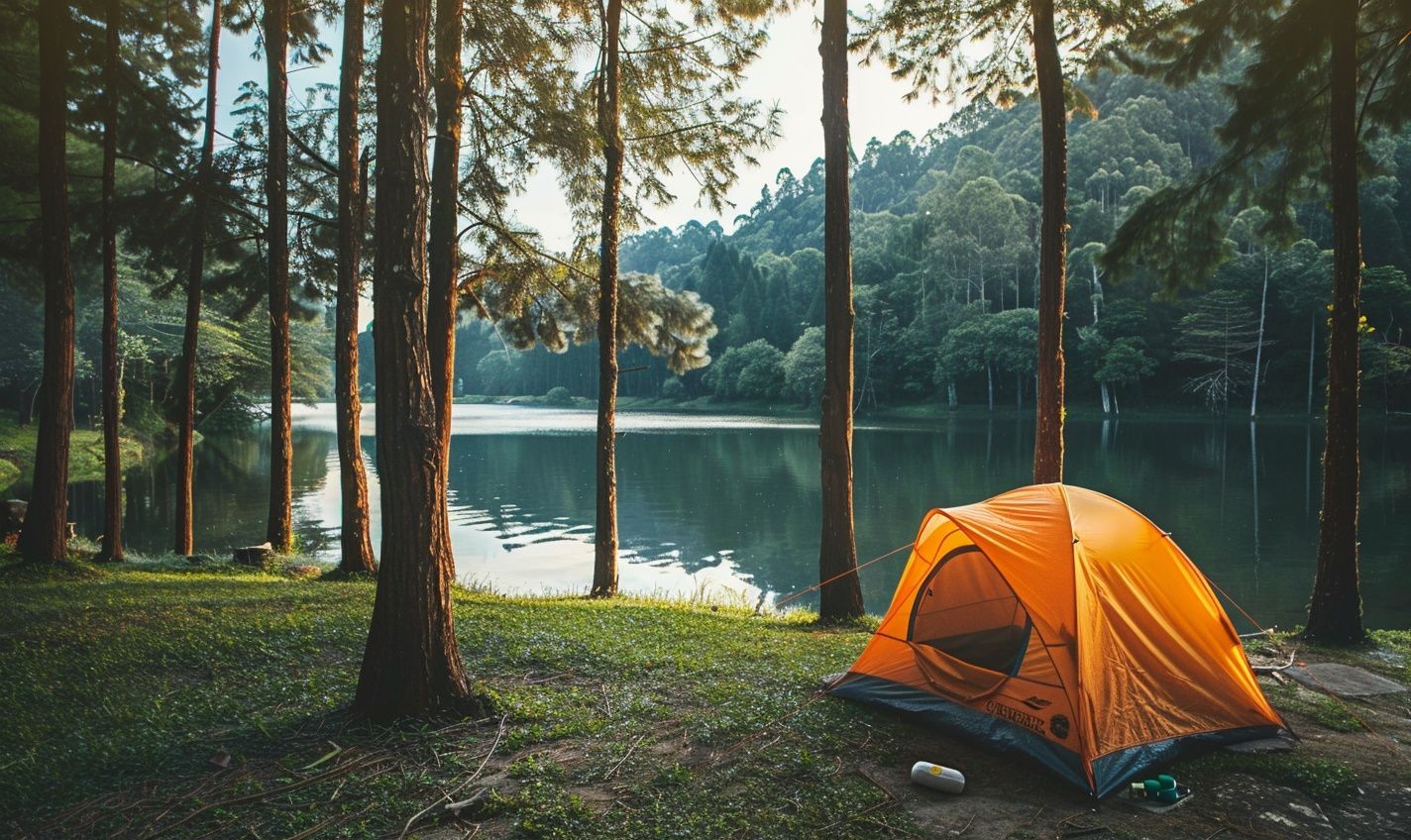
Understanding the Importance of Choosing a Safe and Sustainable Campsite
Finding the perfect location for a camping trip is not just about a picturesque view or convenient access to water sources. The importance of choosing a safe and sustainable campsite cannot be overstated. It’s the foundation of a successful outdoor experience and plays a significant role in preserving nature for future generations.
Considerations for Selecting a Campsite Location
Before pitching your tent, assess the surroundings. Is the ground stable, or are there signs of potential hazards such as loose rocks or overhanging branches? To minimize risks, ensure your campsite is safe from cliffs, rivers, and fire-prone areas.
Examining Safety Aspects When Choosing a Campsite
Think about how weather conditions could affect your stay. Is the chosen spot prone to flooding or strong winds? Check for signs of wildlife activity and avoid setting up near animal trails or nest areas. Remember, a safe campsite is one where you can relax and enjoy nature without worrying about potential dangers.
Environmental Factors to Keep in Mind for a Sustainable Campsite
Choosing a sustainable campsite involves more than just leaving no trace. Consider the impact of your presence on the ecosystem. Opt for designated camping areas whenever possible and avoid damaging vegetation or disturbing wildlife habitats. By minimizing your footprint, you contribute to preserving the natural environment.
Remember, nature is our shared backyard. Please treat it with respect and gratitude. When selecting a campsite, your camping experience will be richer when you prioritize safety and sustainability.
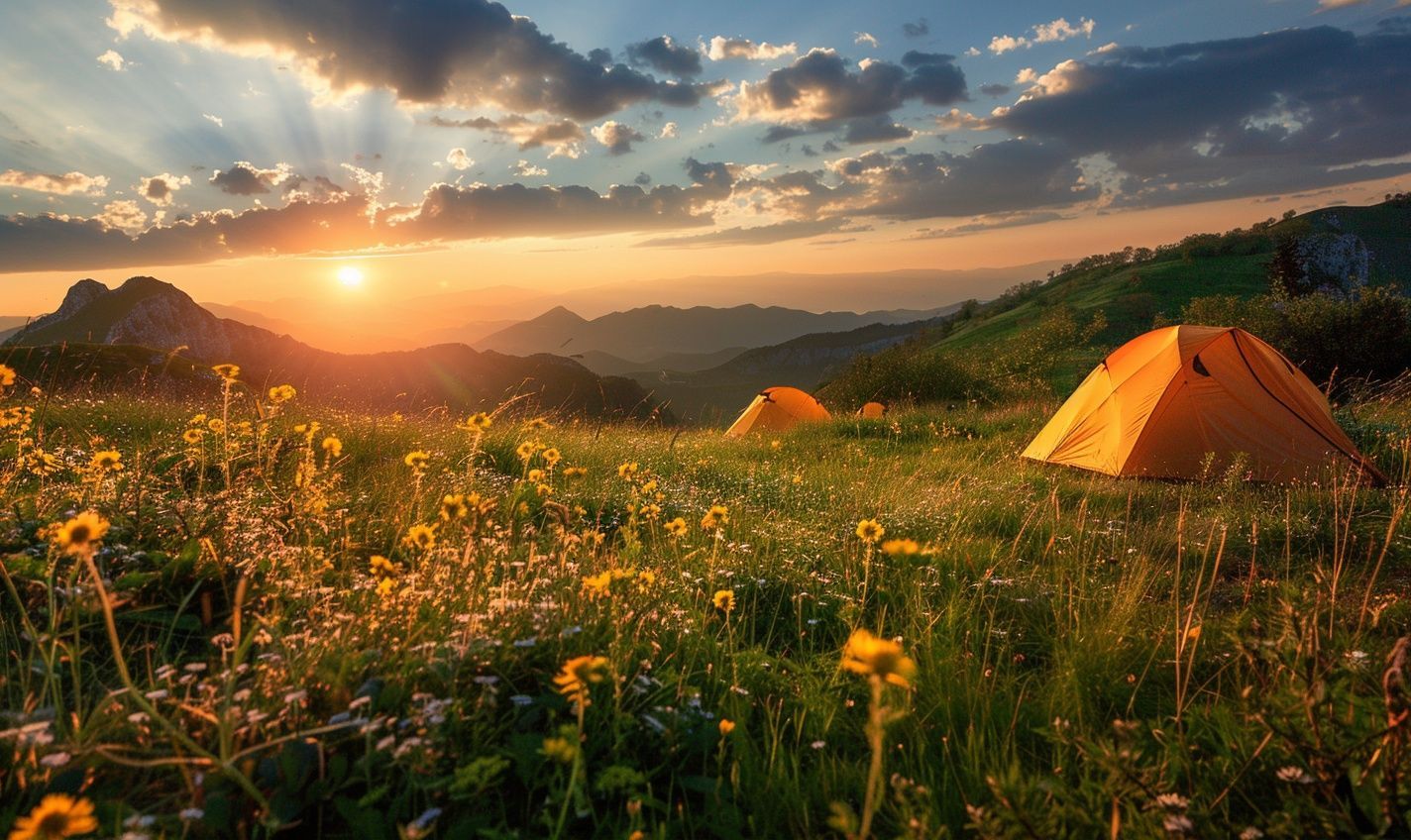
Considerations for Selecting a Campsite Location
When embarking on a camping trip, one of the most crucial decisions is where to pitch your tent. Your choice of campsite can significantly impact your safety, the environment, and the overall enjoyment of your outdoor experience. Here are some key points to consider when choosing a safe and sustainable campsite:
Topography and Terrain
Before setting up camp, assess the area’s terrain. Look for a flat, level spot free from hazards like rocks, roots, and steep slopes. A smooth surface will ensure a more comfortable and secure tent setup.
Proximity to Water Sources
While it may be tempting to camp next to a picturesque river or lake, consider the risks of flooding and wildlife encounters. Choosing a campsite that is a safe distance from water sources will help minimize these potential dangers.
Distance from Trails and Roads
Select a campsite that is a reasonable distance away from hiking trails and roads to maintain your privacy and reduce disruptions from other campers or passing vehicles.
Remember, the goal is to leave no trace and preserve the natural beauty of the outdoors for future generations to enjoy.
And always prioritize safety and sustainability when choosing a campsite.
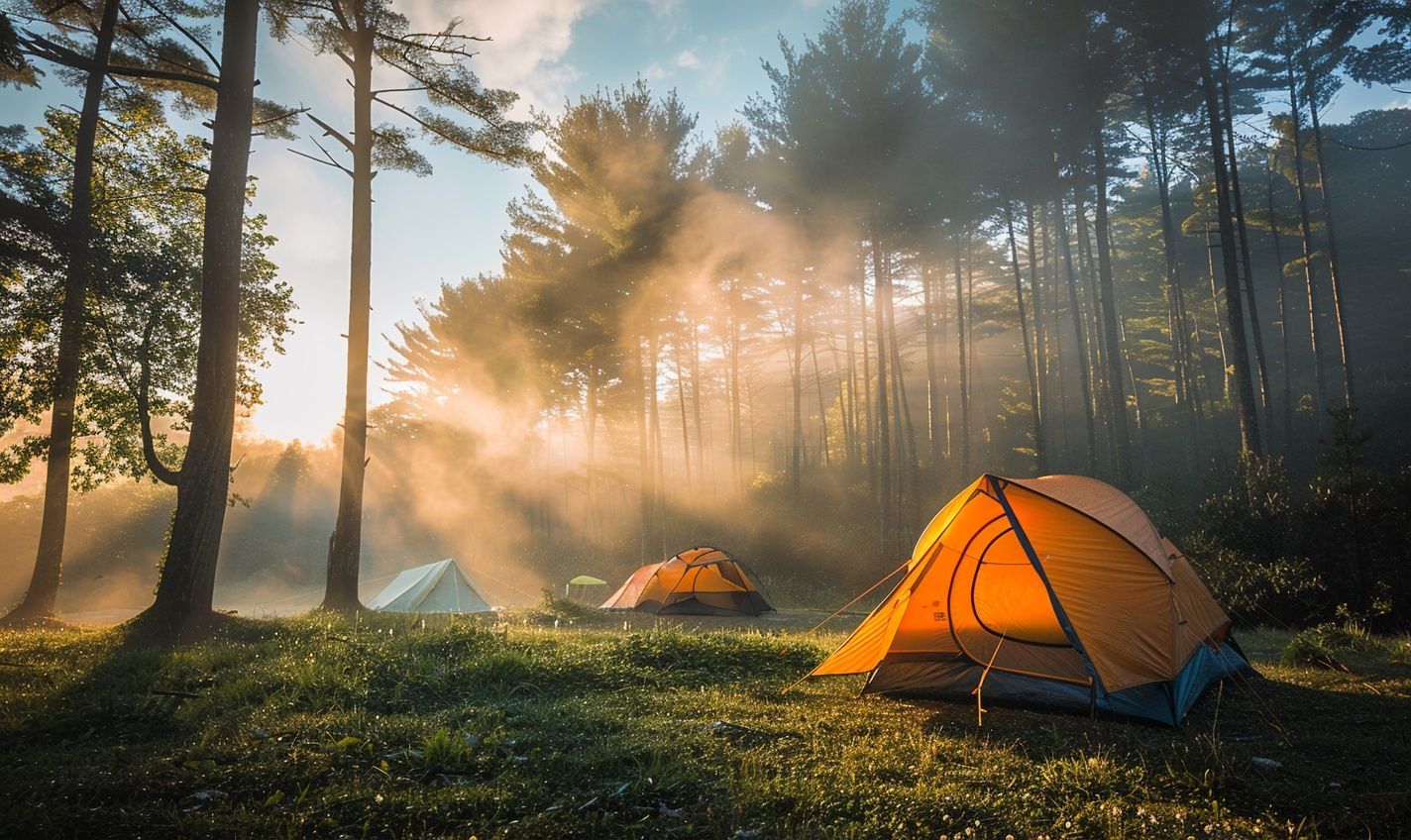
Examining Safety Aspects When Choosing a Campsite
You’re ready to embark on a camping adventure. But before you head out into the great outdoors, consider the importance of selecting a campsite that ensures safety and sustainability.
Understanding Your Campsite’s Surroundings
Before pitching your tent, assess the terrain. Look for hazards like unstable ground, cliffs, or overhanging branches that might pose a risk.
Proximity to Water Sources
While a scenic riverside spot sounds dreamy, consider the risk of flash floods or rising water levels. Choose a location safe from water bodies to avoid surprises during your stay.
Accessibility and Emergency Exit Routes
Ensure easy access to your campsite in case of emergencies. Identify nearby exit routes and familiarize yourself with the surrounding trails for a safe and swift evacuation.
Signs of Wildlife Presence
Sharing the wilderness with wildlife is part of the camping experience. But before settling in, check for signs of recent animal activity. Be mindful of food storage to prevent unwanted furry visitors during the night.
Remember, a good campsite isn’t just about a level ground to pitch a tent. It’s about setting up your temporary home in a space that respects nature and ensures safety.
Imagine your campsite as a sanctuary where you can relax, unwind, and connect with the great outdoors without worry. By choosing a safe and sustainable campsite, you’re protecting yourself and preserving the beauty of nature for future generations to enjoy.
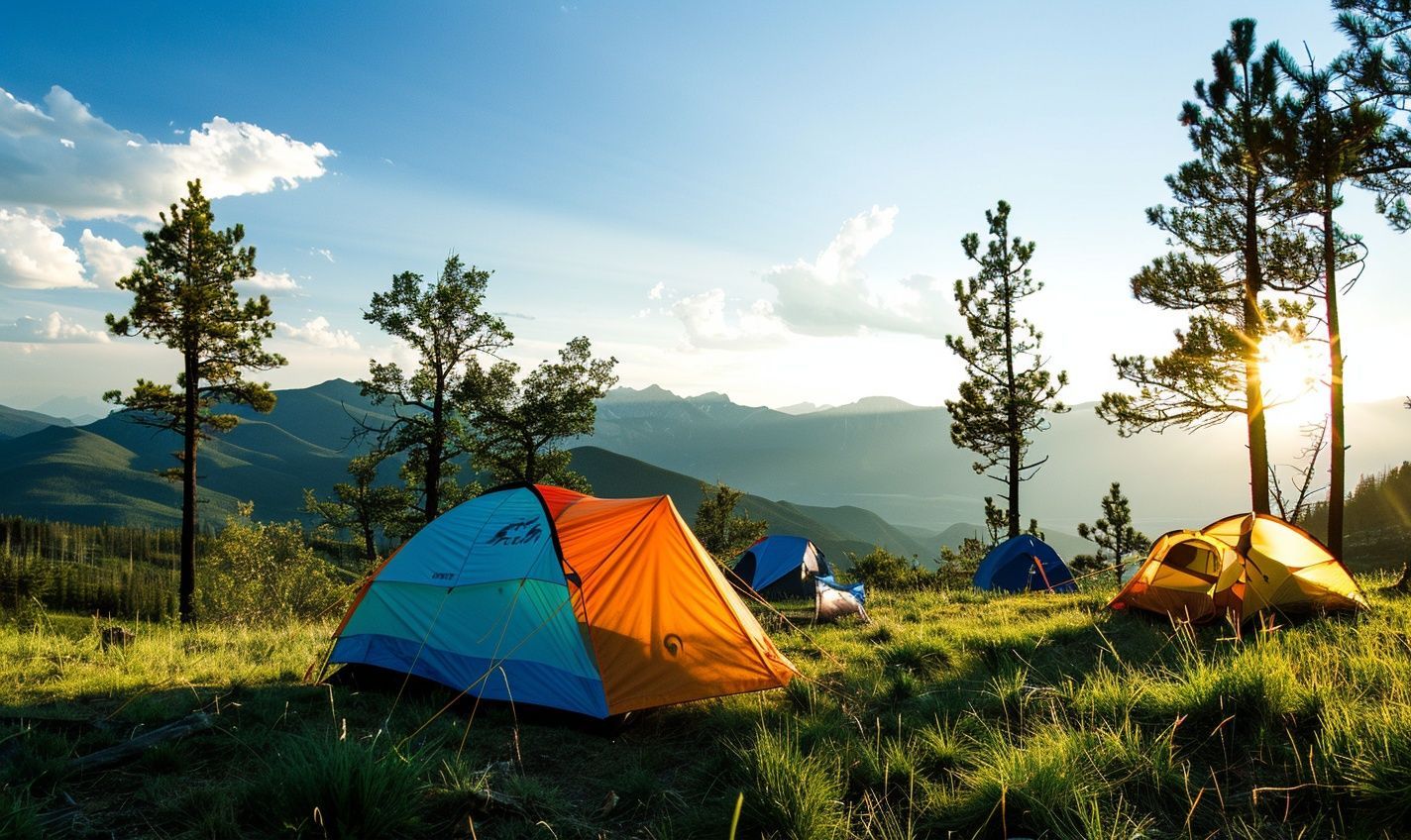
Environmental Factors to Keep in Mind for a Sustainable Campsite
Choosing a Safe and Sustainable Campsite:
Selecting a campsite that ensures your safety and minimizes your environmental impact is essential when setting out on a camping adventure. Here, we delve into the critical environmental factors when choosing a sustainable campsite.
Importance of Location:
The location of your campsite plays a crucial role in its sustainability. Opt for spots designated for camping to avoid damaging fragile ecosystems and wildlife habitats.
And remember, camping close to water sources can impact water quality and disturb aquatic life, so keep a safe distance.
Leave No Trace Principles:
Embracing Leave No Trace principles is critical to maintaining a sustainable campsite. Practice good stewardship by leaving the area as you found it—or even better.
- Dispose of waste properly – carry out all trash and food scraps.
- Avoid altering the natural landscape – refrain from digging trenches or damaging vegetation.
Consider Wildlife:
Respect the wildlife that calls the area home. Set your campsite away from animal habitats, and securely store food to prevent attracting unwanted visitors.
But always marvel at the beauty of nature around you – it’s their home, after all.
Fire Safety:
When building a campfire, follow local regulations and use designated fire pits if available. Remember, a stray spark can ignite a forest, so ensure your fire is completely extinguished before leaving your campsite.
By being mindful of these environmental factors, you can choose a safe and sustainable campsite that respects nature’s beauty and ensures a pristine environment for future generations.
Tips for Assessing the Safety of a Potential Campsite
Welcome, fellow outdoor enthusiast! Finding the perfect campsite can make or break your camping experience. To ensure a safe and sustainable adventure, here are some tips to help you assess the safety of a potential campsite:
Evaluate the Terrain
Take a good look at the campsite’s terrain. Ensure there are no hazards, such as cliffs, loose rocks, or unstable ground, that could threaten your safety.
Check for Natural Risks
Assess the area for potential natural risks such as falling branches, flash flood zones, or proximity to bodies of water that may rise unexpectedly. Choose a location that minimizes these risks.
Look for Level Ground
Opt for a flat, level ground campsite to set up your tent. This will not only provide a comfortable sleeping surface but will also prevent any nighttime tumbles or discomfort.
Consider Proximity to Resources
Ensure your chosen campsite is close enough to essential resources like water sources and emergency services. Be prepared and know where to find help if needed.
Remember, safety should always be your top priority when camping. By carefully assessing the safety of a potential campsite before pitching your tent, you can enjoy a worry-free and sustainable outdoor experience.
Practices for Minimizing Your Impact on a Campsite
Congratulations on choosing a safe and sustainable campsite! But have you ever considered how you can further reduce your impact on the environment during your outdoor adventures? Let’s explore some practical tips on minimizing your footprint and leaving the campsite better than you found.
Leave No Trace:
Remember the mantra, “Take only pictures, leave only footprints.” Pack all your trash, including food scraps, and dispose of them properly. Leave nature as it is for others to enjoy.
Use Established Campsites:
Choose designated campsites to avoid trampling on fragile ecosystems. Camping in high-traffic areas helps concentrate the impact, preserving untouched regions.
Camp on Durable Surfaces:
Set your tent on durable surfaces like gravel, sand, or established campsites. Avoid fragile vegetation that can take years to recover from your visit.
Proper Waste Disposal:
Follow the “pack it in, pack it out” rule. Dispose of waste in designated areas or use biodegradable products to minimize environmental impact.
Respect Wildlife:
Observe animals from a distance and refrain from feeding them. Be mindful of bird nests, burrows, and other habitats to avoid disturbing their homes.
Minimize Campfire Impact:
If fires are allowed, use established fire rings. Keep fires small and fully extinguish them before leaving. Consider using a camping stove as a more sustainable alternative.
By following these simple practices, you ensure the safety and sustainability of your campsite and contribute to preserving our precious outdoor spaces. Remember, every small effort counts towards positively impacting the environment for future generations.
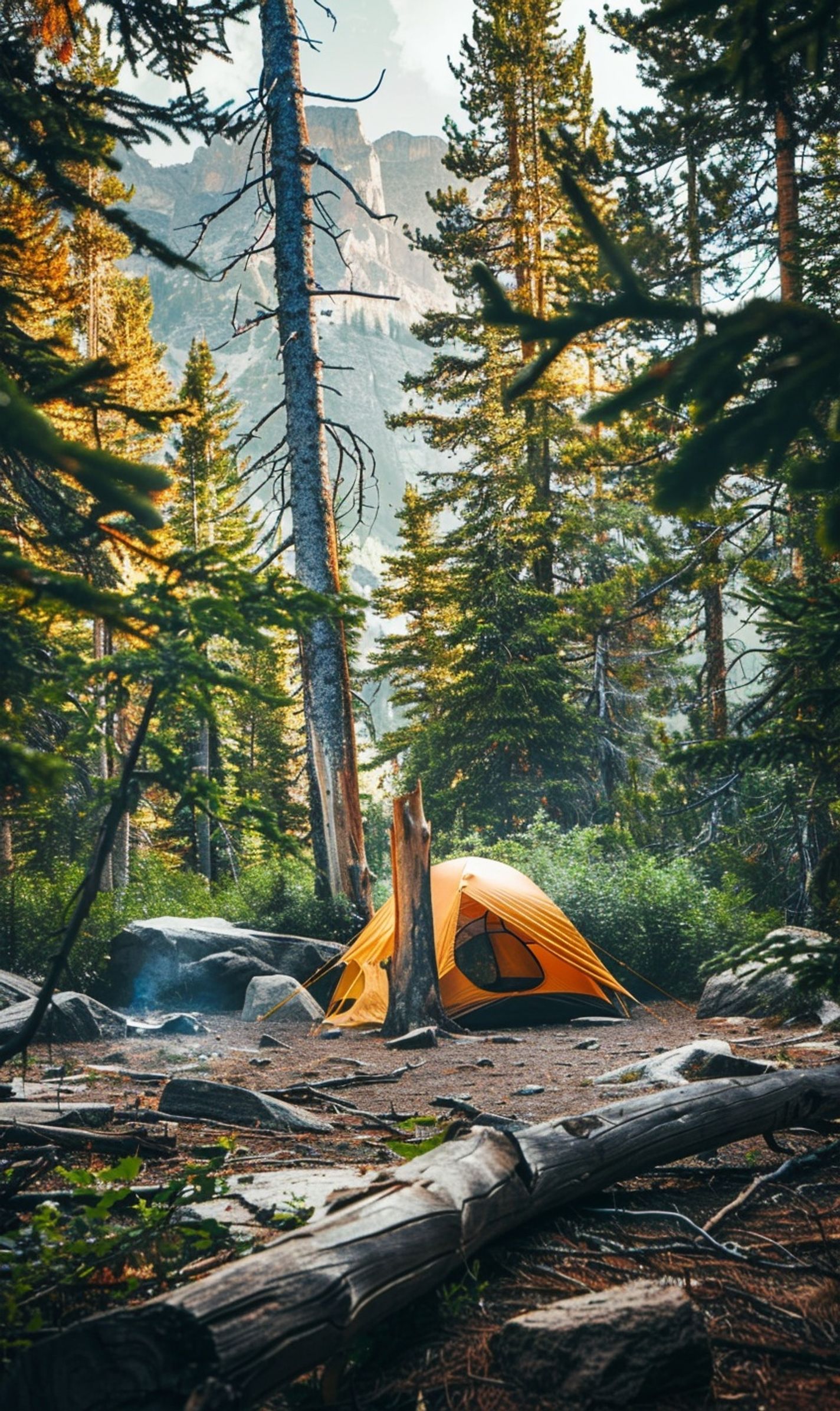
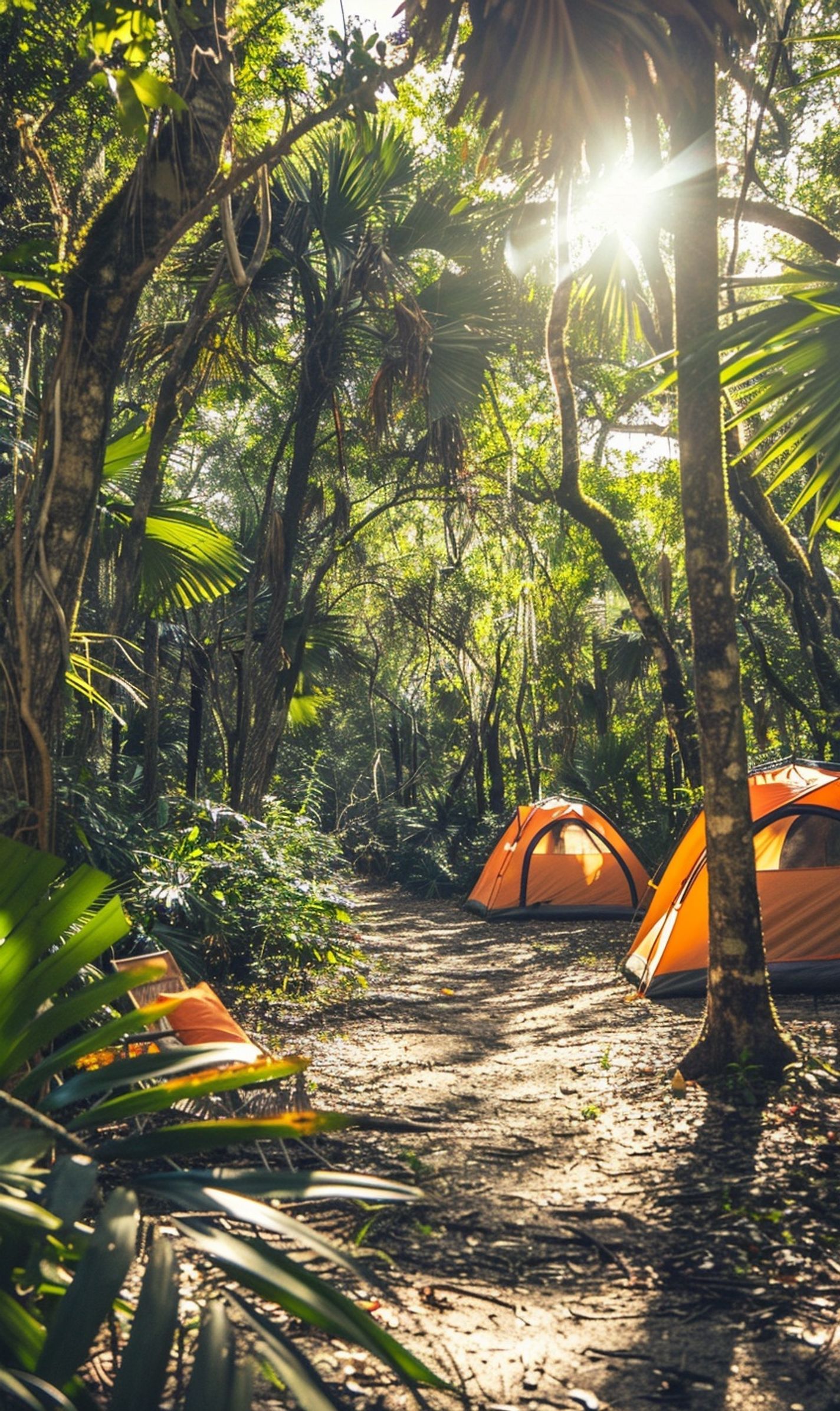
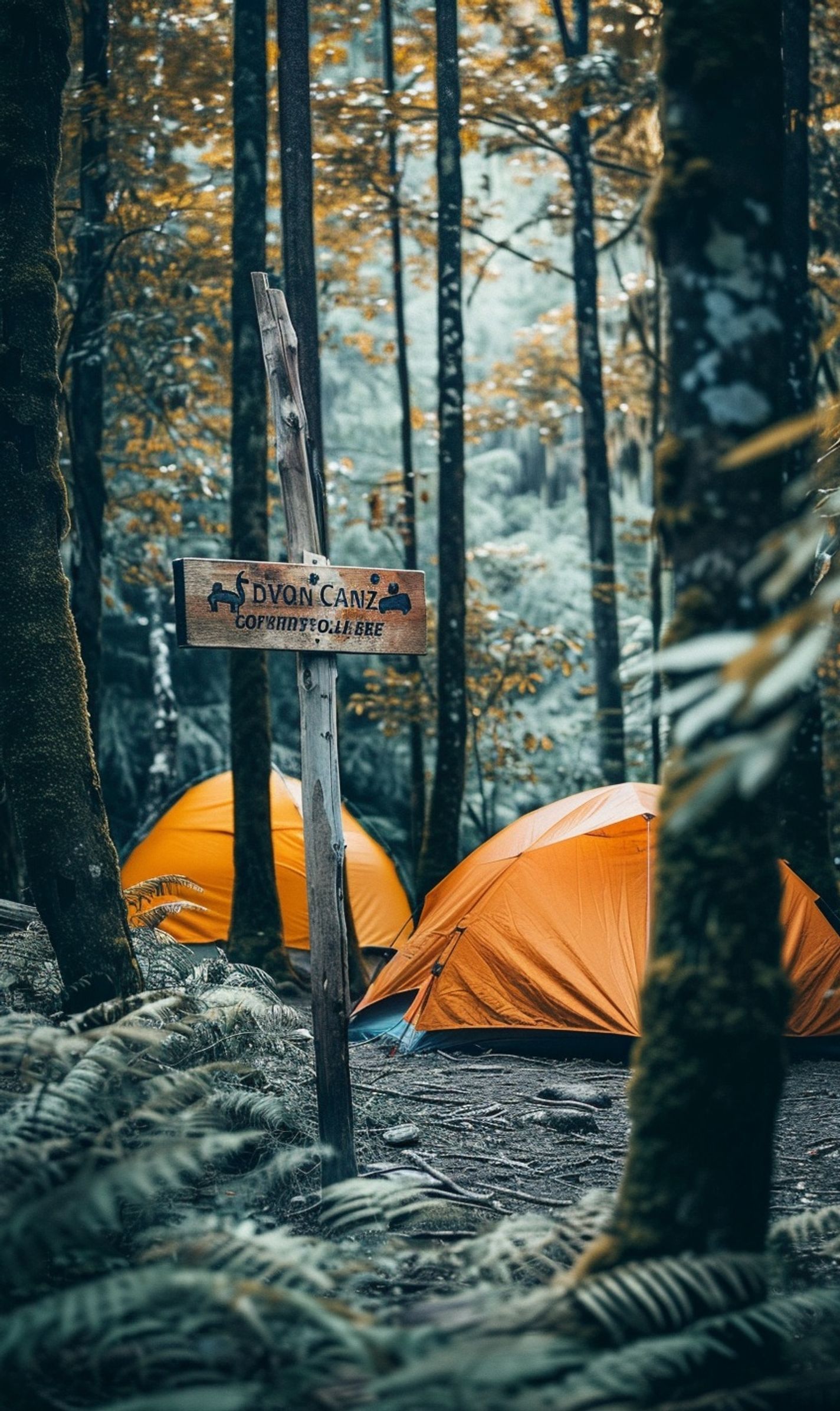
Signs of a Campsite That Aligns with Safety and Sustainability
When venturing into the great outdoors, selecting a safe and sustainable campsite is paramount for your enjoyment and preserving nature. But how can you identify a campsite that ticks both boxes? What signs should you look for to ensure your safe and eco-friendly camping experience?
Location Insights:
Take a moment to observe the area surrounding a potential campsite. Look out for these signs:
- Flat terrain: Ensures a stable setup.
- Away from water sources: Avoids contamination.
- Proximity to a restroom: Promotes responsible waste disposal.
Environmental Impact:
Ensure your chosen site is in harmony with nature by considering these factors:
- Lack of vegetation disturbance: Indicates a less-impacted area.
- Existing fire ring: Shows previous camping activity.
- Presence of wildlife: A sign of a healthy ecosystem.
But remember, while selecting a campsite that aligns with safety and sustainability, it’s also essential to practice Leave No Trace principles. Minimizing your impact on the environment is not just a recommendation – it’s a responsibility we all share.
Choose a campsite that speaks to you regarding safety and how it allows you to connect with nature on a deeper level. Finding the balance between adventure and conservation enriches your camping experience and contributes to the longevity of our natural spaces.
Choosing the Right Campsite for Your Outdoor Adventure
Choosing a safe and sustainable campsite is crucial for an outdoor adventure. It sets the tone for your entire experience in nature.
Understanding the Importance of Choosing a Safe and Sustainable Campsite
Let’s delve into why selecting the perfect campsite matters:
- Ensures your safety and well-being.
- Minimizes environmental impact.
- Contributes to the overall enjoyment of your trip.
Considerations for Selecting a Campsite Location
Location is critical when it comes to finding the ideal campsite:
- Proximity to water sources for drinking and washing.
- Level ground to pitch your tent for a good night’s sleep.
- Away from potential hazards like dead trees or animal trails.
Examining Safety Aspects When Choosing a Campsite
Assessing safety features is essential for a worry-free camping experience:
- Look for natural shelter from wind or storms.
- Ensure there are no signs of recent wildlife activity nearby.
- Keep a safe distance from bodies of water to prevent accidents.
Environmental Factors to Keep in Mind for a Sustainable Campsite
Respecting the environment is a responsibility we all share:
- Avoid camping in fragile ecosystems to preserve biodiversity.
- Dispose of waste properly and leave no trace behind.
- Use eco-friendly camping gear to reduce your carbon footprint.
Remember, your campsite choice can impact your experience, the surrounding nature, and future campers. Choose wisely and enjoy nature’s wonders responsibly.
Conclusion
Choosing a safe and sustainable campsite is crucial for any outdoor adventure. By considering factors like location, topography, resources, and ecological impact, you can ensure an enjoyable and responsible camping experience.
Selecting a safe campsite from hazards such as falling rocks, flash floods, or wildlife encounters is paramount to your well-being. Being mindful of Leave No Trace principles and local regulations also contributes to maintaining the area’s natural beauty for future generations.
As you venture into the great outdoors, take the time to research potential campsites, evaluate their suitability based on your needs, and respect the environment around you. Make a conscious effort to minimize your ecological footprint by practicing responsible waste management and conserving resources.
Ultimately, each camper is responsible for making informed decisions when choosing a campsite. Embracing a mindset of sustainability and safety benefits the environment and enhances the overall outdoor experience for you and fellow nature enthusiasts. So, next time you plan a camping trip, choose a safe and sustainable campsite – your actions can make a difference!
Frequently Asked Questions (FAQs)
How important is it to choose a safe and sustainable campsite?
Choosing a safe and sustainable campsite is paramount for your safety, the environment, and the enjoyment of others in the area.
What factors should I consider when selecting a campsite?
Factors to consider include proximity to water sources, level ground, potential hazards, and the area’s rules and regulations.
How can I ensure my campsite is sustainable?
To ensure sustainability, follow Leave No Trace principles, properly dispose of waste, minimize campfire impacts, and respect wildlife.
Why is it essential to avoid camping in restricted areas?
Camping in restricted areas can harm wildlife, damage delicate ecosystems, and result in fines or legal consequences.
How can I assess if a campsite is safe from potential hazards?
Look for signs of potential hazards like unstable rocks, dead trees, or proximity to bodies of water with unpredictable currents.
What should I do if I encounter other campers not following sustainable practices?
Politely educate them on Leave No Trace principles and the importance of preserving the natural environment for future generations.







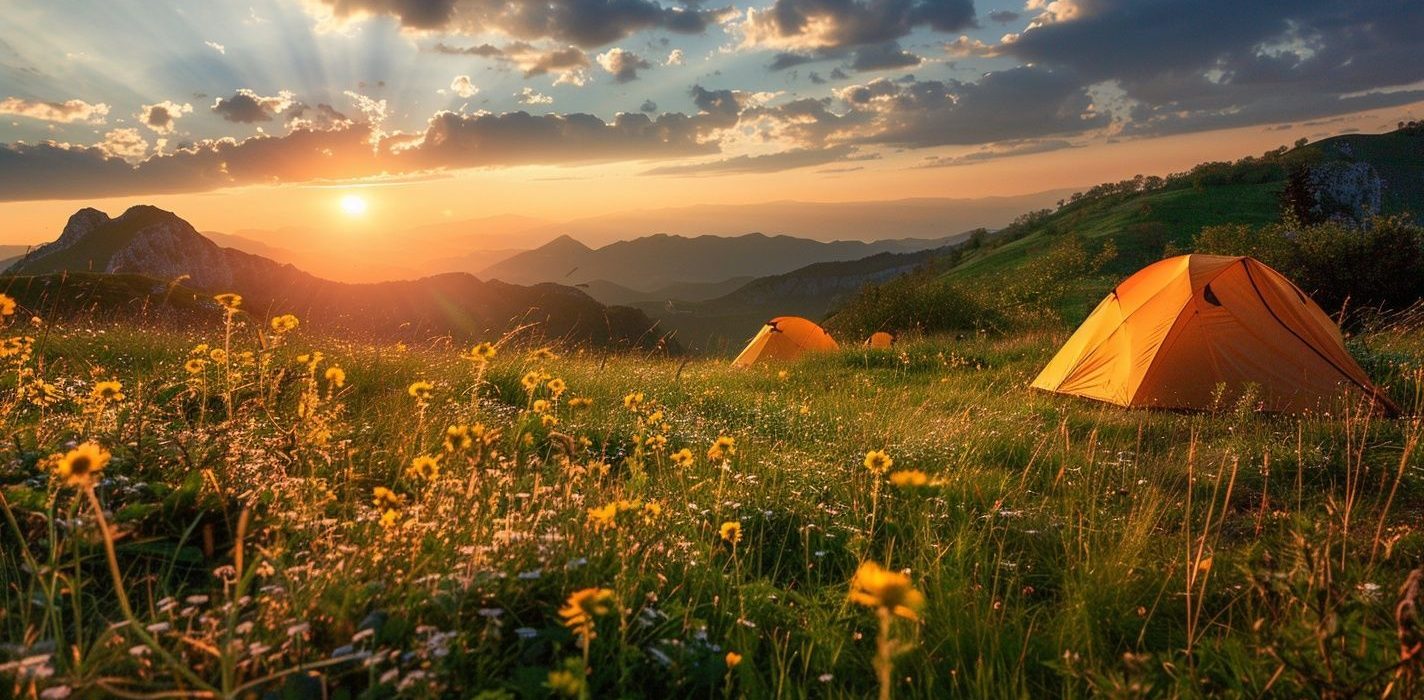


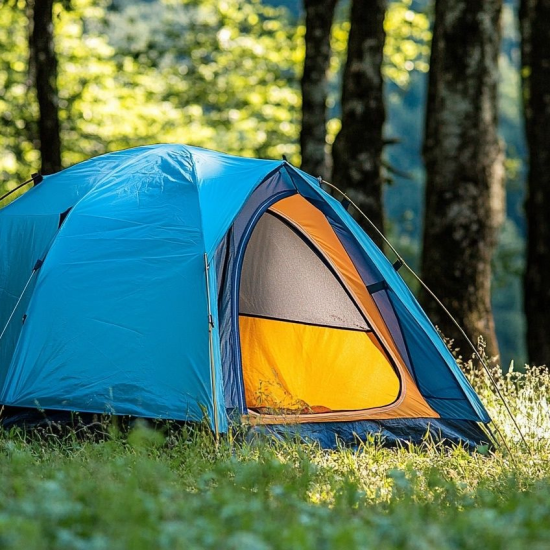
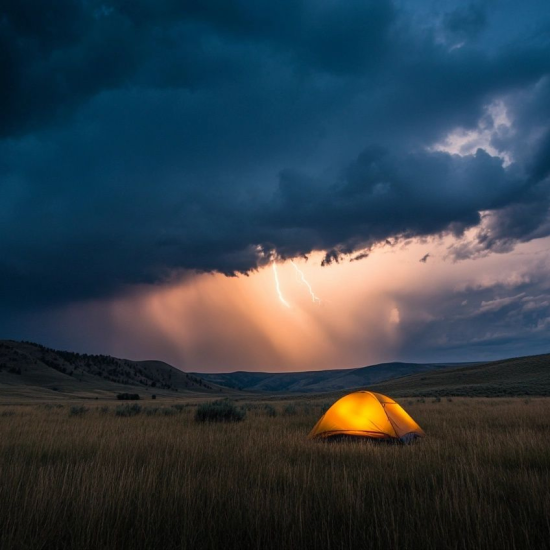
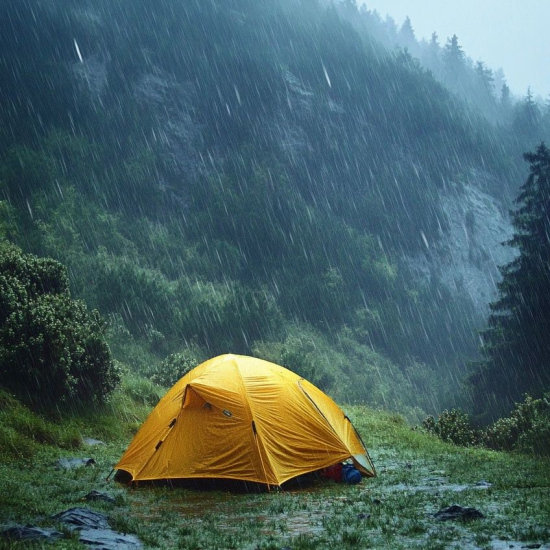
No Comment! Be the first one.